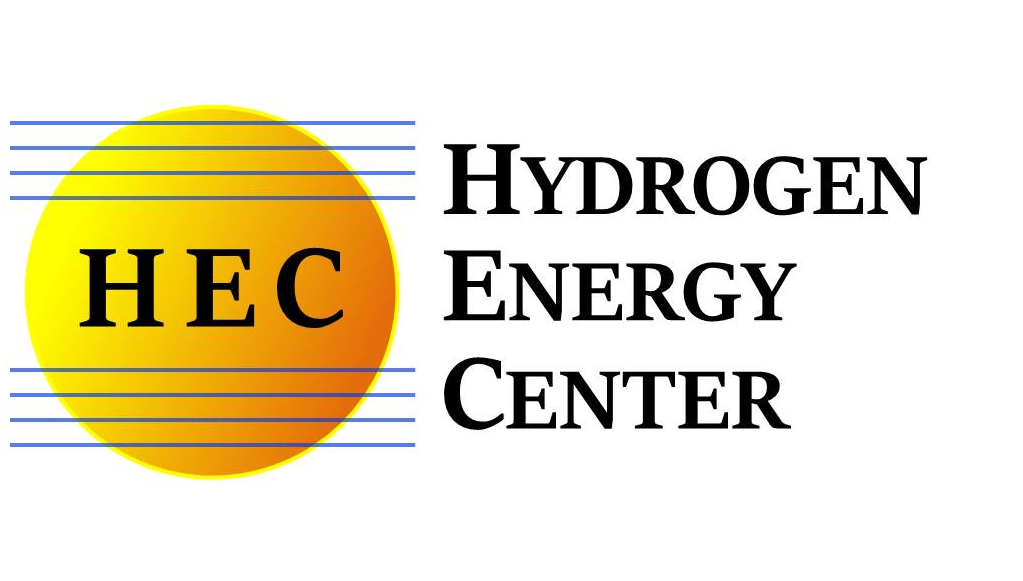POWER-TO-GAS ENERGY STORAGE
As the proportion of renewable energy supply to the electricity grid increases, the ability to match this unscheduled intermittent supply with demand becomes increasingly problematic. In fact as the deployment meets and exceeds 20% capacity, as already experienced in many countries, grid balancing issues become acute leading to the curtailment of wind. This is driving the need for long term, large scale energy storage solutions.
ABSORBING EXCESS RENEWABLE ENERGY TO GENERATE HYDROGEN GAS THUS DECARBONISING GAS NETWORKS
Power-to-Gas is the process of converting surplus renewable energy into hydrogen gas by rapid response electrolysis and its subsequent injection into the gas distribution network.
Most developed countries already own a vast energy storage infrastructure through the pressurisation of existing transmission and distribution infrastructure. This allows it to be recharged without the need of it being discharged first, so when the wind blows, this can be taken and used to top up storage, this is critical for storing renewable energy which is intermittent in its generation.
Power-to-Gas allows for the storage of significant amounts of energy and the provision of CO2 neutral fuels in the form of the resulting renewable energy gas mix of hydrogen and methane.
The hydrogen produced is injected into the natural gas system to displace natural gas, so reducing greenhouse gas emissions and reliance upon fuel imports. If the power is derived mainly from renewable power sources, only low-carbon hydrogen will be produced. Thereby the Power-to-Gas (P2G) approach can facilitate a transition from natural gas to a ‘green’ mixed gas by making use of both of the existing energy grids on a global scale.

